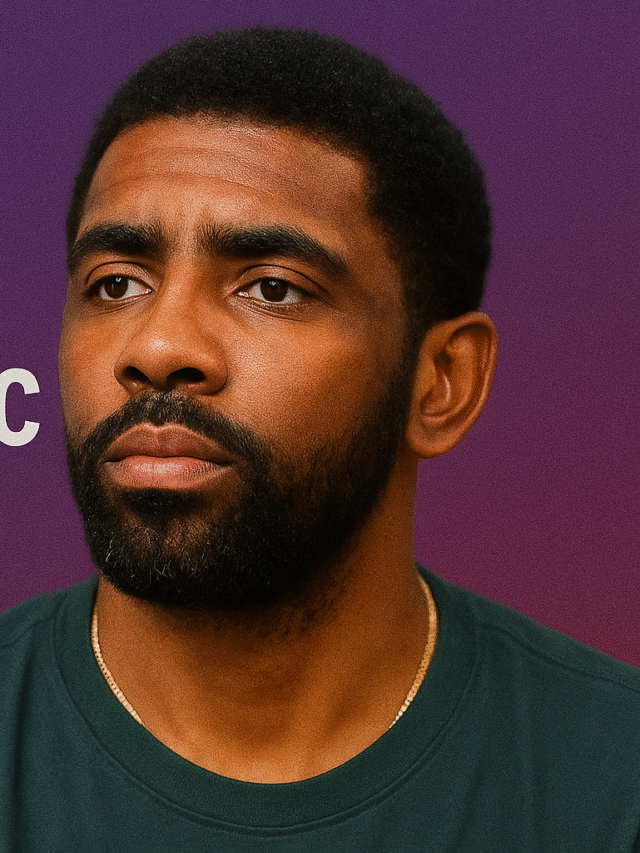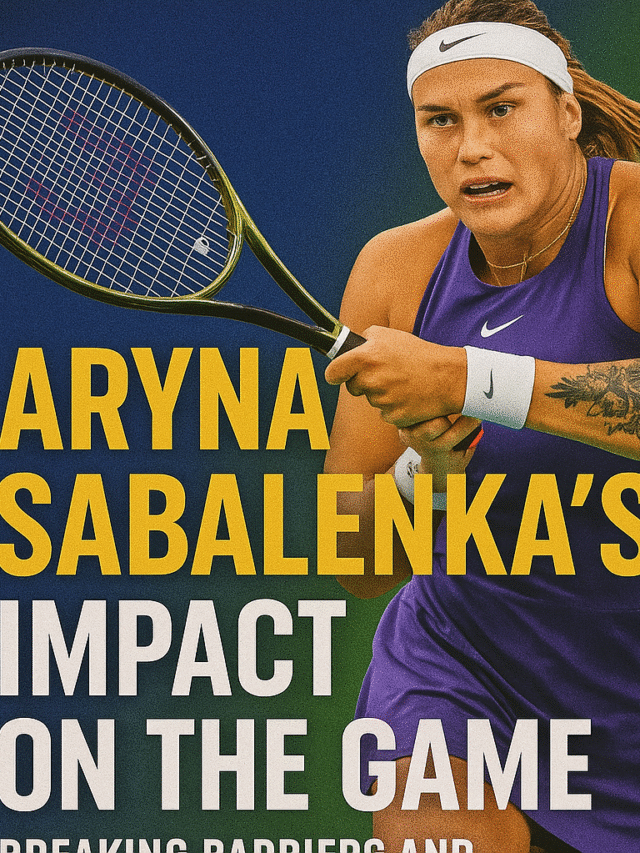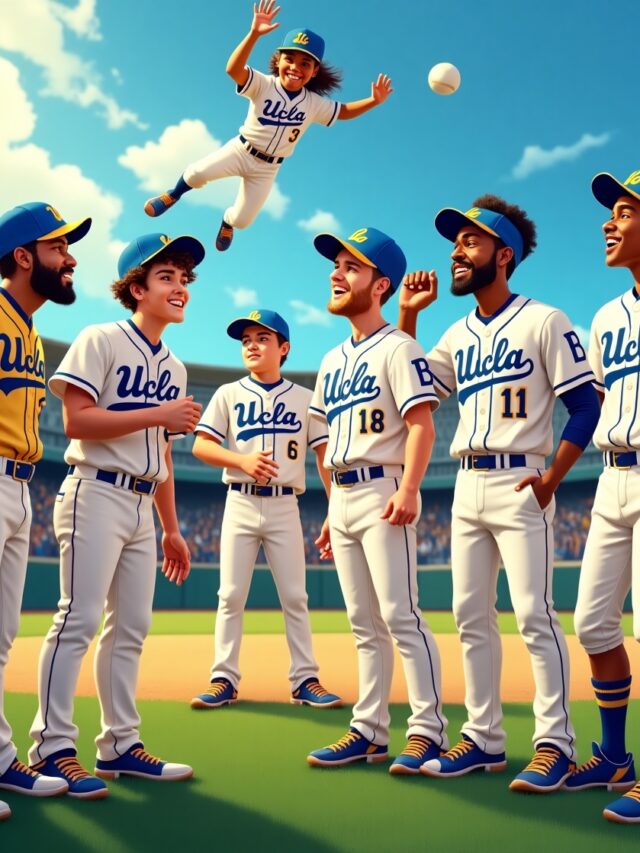Chivas Baseball Cap: A First-Hand Experience
The air in Guadalajara crackles with an energy you can feel deep in your bones. It’s a mix of sizzling street tacos, the distant echo of mariachi music, and something else—an unwavering, almost religious devotion to a soccer team. My name is Mohit, and as a journalist, I’ve been sent to some pretty intense places. But nothing quite prepared me for the sea of red and white that floods the city on game day. It’s more than just a color scheme; it’s an identity. And at the heart of it all, sitting proudly atop the heads of fans from every walk of life, is the Chivas baseball cap.
I came here to understand a phenomenon. How does a simple piece of headwear become a symbol of community, a badge of honor, and a testament to generations of loyalty? I wasn’t just going to read about it; I had to see it, touch it, and live it. My assignment was to go beyond the merchandise stand and find the soul of this iconic accessory. This is the story of that journey, from the bustling markets of Jalisco to the roaring stands of Estadio Akron, all in pursuit of understanding the story behind a simple cap.

The Heartbeat of the Market: Where the Legend is Worn
My first stop wasn’t the stadium or an official team store. To find the real pulse of the Chivas faithful, you have to go where the people are. I headed to the Mercado San Juan de Dios, a sprawling, chaotic, and beautiful labyrinth of commerce. It’s a place where you can buy anything from handmade leather boots to exotic spices, and, as I quickly discovered, an overwhelming variety of Chivas gear.
Stalls overflowed with jerseys, scarves, and flags. But my eyes were fixed on the hats. There were dozens of designs. Some were sleek and modern, with minimalist logos and technical fabrics. Others were classic, almost vintage, with bold, embroidered lettering that screamed tradition. I saw fathers and sons, side-by-side, debating which cap had the better fit. I watched a group of young women excitedly trying on different styles, their laughter echoing through the crowded aisle.
This is where I first understood that the Chivas baseball cap isn’t a one-size-fits-all symbol. It’s a personal statement. A young man named Alejandro, who was running his family’s stall, explained it to me.
“See this one?” he said, holding up a deep navy cap with the classic ‘CD Guadalajara’ crest. “This is for the purists. The grandfathers. They want the hat they remember their own fathers wearing. It’s about heritage.” He then pointed to a newer, snapback style with a stylized goat emblem. “This one? This is for the kids, the new generation. Same passion, different style. But it’s all Chivas.”
I spent hours just observing. I saw a construction worker, his face smudged with dust, carefully place a brand-new cap on his head. I saw a tourist, clearly from the States like me, buy five different caps to take back home as gifts. Each transaction felt like more than a sale; it was an initiation, a renewal of vows to the team. The cap was the uniform of the common fan, an accessible piece of the dream that connected a laborer with a lawyer, a local with a visitor.
More Than an Accessory: The Fabric of Identity
What struck me most was how the cap transcended game day. Walking through the historic center of Guadalajara, I started a mental tally. On any given Tuesday afternoon, I’d count at least a dozen Chivas caps within a few city blocks. It was worn by street vendors, by students rushing to class, by businessmen on their lunch break. The cap wasn’t just for the stadium; it was for life.
To dig deeper, I met with Sofia Ramirez, a cultural sociologist at the local university who had studied the intersection of sports and identity in Mexico. We met at a small café, and she smiled when she saw the simple, classic cap I had purchased at the market.
“You see, you’re already part of it,” she began. “That cap is a non-verbal declaration. It says, ‘I am one of you. I share your hopes, your frustrations, your pride.’ In a city this large, and in a world that can feel very disconnected, that symbol creates an instant bond.”
She explained that Chivas de Guadalajara holds a unique place in Mexican soccer. The club is famous for its policy of fielding only Mexican-born players. This isn’t just a roster strategy; it’s a powerful statement of national pride.
“When someone wears that cap,” Sofia continued, “they are aligning themselves with that philosophy. It’s a symbol of self-reliance, of national talent, and of a belief in one’s own people. It’s profoundly political without ever saying a word about politics. It’s about identity. The Chivas baseball cap is a piece of that identity made tangible. You can wear your pride, your history, your belief in your community, all for the price of a hat.”
Her words resonated with what I’d seen. The cap wasn’t just merchandise. It was a cultural artifact. It was a way for millions of people, not just in Guadalajara but across Mexico and the United States, to connect with a powerful idea. It’s a symbol for the massive diaspora of Chivas fans living in cities like Los Angeles, Chicago, and Houston, allowing them to carry a piece of home with them.

The Roar of the Crowd: A Sea of Red, White, and Blue
No investigation would be complete without experiencing the cap in its natural habitat: Estadio Akron on match day. The pilgrimage to the stadium begins hours before kickoff. The highways leading to the venue transform into a river of cars, all decorated with Chivas flags and decals. The excitement is a physical force.
As I walked toward the stadium, I was engulfed by a moving festival. The smell of grilled carne asada filled the air. Music blared from portable speakers. And everywhere I looked, I saw the cap. It was the unifying element in a diverse crowd of over 45,000 people. I saw entire families, from the grandparents down to toddlers, all sporting their own version of the Chivas cap.
Inside, the view was breathtaking. The stands were a mosaic of the team’s colors. When the team anthem played, a powerful wave of sound washed over me. I looked around, and in that moment, the individual disappeared. The crowd became a single, living organism, breathing and roaring as one. And the thousands of caps, bobbing in unison, were like the cells of this massive being.
I spoke with a man named Jorge, who had traveled from Dallas with his two sons for the game. For him, the trip was a rite of passage.
“I was born in Texas,” he told me, his voice hoarse from cheering, “but my father was from Guadalajara. He raised me as a Chivas fan. He gave me my first cap when I was five years old. Now, I’m doing the same for my boys.” He pointed to his sons, who were watching the game with wide-eyed wonder, their own small caps perfectly fitted on their heads. “This cap… it’s our connection. It connects me to my father, it connects my sons to their heritage, and it connects all of us here today. It’s so much more than a hat.”
During the game, the cap served different purposes. It was a shield from the setting sun. It was waved in the air to celebrate a goal. It was pulled down low over the eyes in moments of unbearable tension. It was a part of the emotional rollercoaster that every fan was riding. When Chivas scored the winning goal in the final minutes, the stadium erupted. Strangers hugged, high-fived, and screamed with pure joy. In that moment of collective ecstasy, I looked out at the ocean of fans and saw it—the cap was the crown of this temporary kingdom, a kingdom united by passion.

From Jalisco to the World: A Symbol That Travels
My journey ended, but my understanding had just begun. The Chivas baseball cap is a fascinating study in symbolism. It starts as a simple piece of merchandise, manufactured and sold. But through the shared experiences of millions of people, it is transformed. It absorbs the energy of the crowd, the history of the club, and the pride of a nation.
It’s a story I see mirrored back home in the U.S. Think of the iconic New York Yankees cap or the Boston Red Sox ‘B’. These are more than just logos; they represent a city’s grit, its history, and its people. They are worn by people who have never been to a game, in cities thousands of miles away, because the symbol has taken on a meaning of its own.
The Chivas cap has achieved that same status. It has transcended sports. For the massive community of Mexican-Americans, it’s a powerful link to their roots. Wearing it in Los Angeles or Chicago is a way to find your people, to signal your allegiance, and to proudly display a part of your heritage in a country that is not always welcoming. It’s a conversation starter, a bridge between generations, and a quiet statement of resilience.
As I packed my bags to leave Guadalajara, I looked at the cap I had bought in the market. It was just a simple piece of stitched fabric, but it felt heavier now. It was filled with the stories I had heard, the passion I had witnessed, and the community I had been welcomed into. I came to Mexico to understand an object. I left with a deeper understanding of how people create meaning, how they build community, and how they wear their hearts not on their sleeves, but proudly, for all the world to see, on a simple baseball cap.










